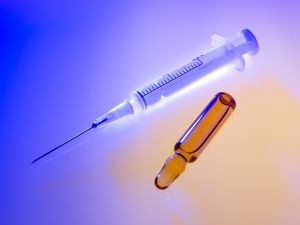Hypoglycaemic and Hyperglycaemic

At present, such other complications of diabetes mellitus are not so common since celebrities for example, Nick Jonas is affected too and as the public become more aware of their health and seek medical attention as soon as possible. Other complications that are regarded as acute metabolic can be divided into:
- Hypoglycaemic
- Hyperglycaemia: It can be further divided into:
i) Ketoacidosis
ii) Hyperosmolar nonketotic syndrome (HHNS)

Diabetics should be given a lesson on how to identify hypoglycaemic attacks and should carry a sweet around just in case of such emergencies. Symptoms of hypoglycaemia are visual blurring, giddiness, vagueness, intense hunger, throbbing headache and those due to adrenaline release such as palpitation, sweating, tremor, and cold extremeties. If left untreated, it can quickly lead to loss of consciousness, brain damage and consequently death.
Hypoglycaemia however is rare except in those patients treated with insulin. The reason of why certain diabetics are more prone to hyperglycaemia coma than others still remains blurred. Type 1 diabetics are prone to ketoacidosis. They present with shortness of breath, dehydration and recognized by the sweet smell in their breath. The Hyperosmolar nonketotic syndrome presents with improper mental functioning, thrombosis, hyperviscosity, neurologic and is more common in Type 2 diabetes patients.
Based on what we have discussed, when medication and prescriptions are done with scrutiny, then it should not be a problem in handling these life-threatening complications.